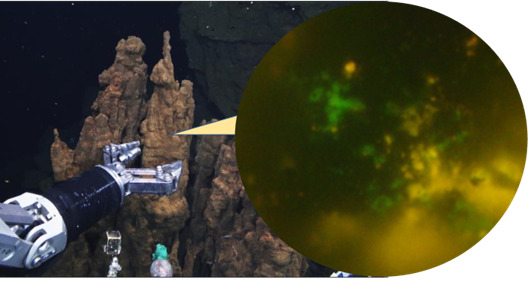2024-11-05 リンショーピング大学
<関連情報>
- https://liu.se/en/news-item/human-sense-of-touch-consists-of-16-unique-types-of-nerve-cells
- https://www.nature.com/articles/s41593-024-01794-1
ディープシングルソーマRNAシーケンスの活用でヒトの体性感覚の神経基盤を探る Leveraging deep single-soma RNA sequencing to explore the neural basis of human somatosensation
Huasheng Yu,Saad S. Nagi,Dmitry Usoskin,Yizhou Hu,Jussi Kupari,Otmane Bouchatta,Hanying Yan,Suna Li Cranfill,Mayank Gautam,Yijing Su,You Lu,James Wymer,Max Glanz,Phillip Albrecht,Hongjun Song,Guo-Li Ming,Stephen Prouty,John Seykora,Hao Wu,Minghong Ma,Andrew Marshall,Frank L. Rice,Mingyao Li,Håkan Olausson,… Wenqin Luo
Nature Neuroscience Published:04 November 2024
DOI:https://doi.org/10.1038/s41593-024-01794-1

Abstract
The versatility of somatosensation arises from heterogeneous dorsal root ganglion (DRG) neurons. However, soma transcriptomes of individual human (h)DRG neurons—critical information to decipher their functions—are lacking due to technical difficulties. In this study, we isolated somata from individual hDRG neurons and conducted deep RNA sequencing (RNA-seq) to detect, on average, over 9,000 unique genes per neuron, and we identified 16 neuronal types. These results were corroborated and validated by spatial transcriptomics and RNAscope in situ hybridization. Cross-species analyses revealed divergence among potential pain-sensing neurons and the likely existence of human-specific neuronal types. Molecular-profile-informed microneurography recordings revealed temperature-sensing properties across human sensory afferent types. In summary, by employing single-soma deep RNA-seq and spatial transcriptomics, we generated an hDRG neuron atlas, which provides insights into human somatosensory physiology and serves as a foundation for translational work.


